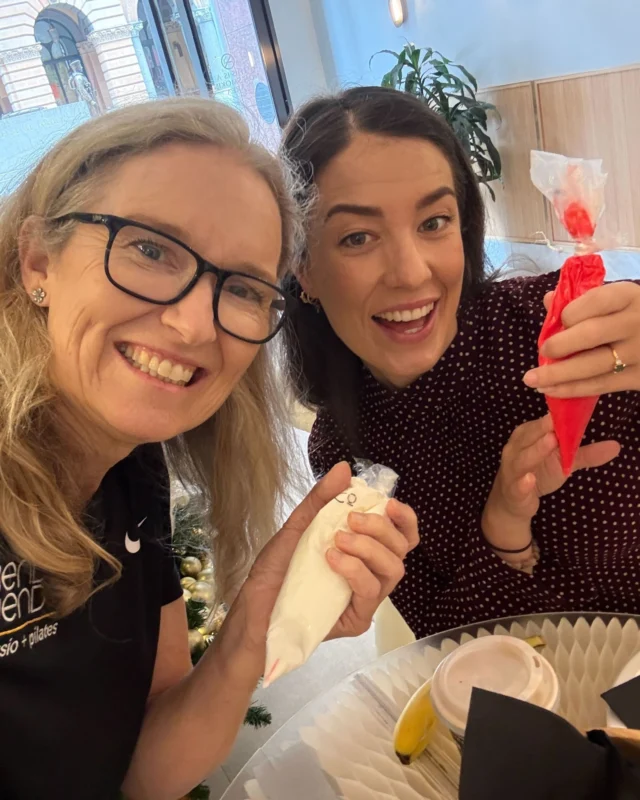 Plyometric training is a style of training that involves maximum muscle exertion for maximum force in short intervals of time, with the goal of increasing power through improving strength and speed. Plyometrics is also commonly referred to as “plyos” or “jump training” and is commonly used amongst the elite athlete population to improve their performance. However in the last few years plyometrics has taken off in popularity amongst the general population, with new-age gyms that provide purely the circuit classes service. This style of training is tough, interactive and gets gym members sweating bullets and burning calories.
Plyometric training is a style of training that involves maximum muscle exertion for maximum force in short intervals of time, with the goal of increasing power through improving strength and speed. Plyometrics is also commonly referred to as “plyos” or “jump training” and is commonly used amongst the elite athlete population to improve their performance. However in the last few years plyometrics has taken off in popularity amongst the general population, with new-age gyms that provide purely the circuit classes service. This style of training is tough, interactive and gets gym members sweating bullets and burning calories.
BUT, it can’t all be good for you, right? Many patients seek physiotherapy that are participating in these style of classes which are fantastic for calorie burning, but how good are they for your joints? Keeping in mind that this style of training may be appropriate for a highly conditioned elite athlete, or anyone who has built up the appropriate strength and stability of the joints with correct technique, but how much attention to detail of technique is the every-day-gym-goer or the new-to-the-gym-goer offered before and during these classes? Are your hips aligned or is one dropping down? Is your knee directly in alignment with your toe or does it wobble inwards or even outwards? Are you squatting correctly? When you land are you maintaining the control that you had when you were doing the same movement but statically? For example a lunge vs. a jump lunge? And do you get pain?! These are all components that need to be considered and addressed before embarking on a gym program that involves plyometric training.
Yes plyometric training can be fun however, there are a few guidelines that need to be followed to help you perform instead of help you injure yourself.
- Skipping the pre-requisites – Plyometrics is a style of training that should never be performed in isolation, but in conjunction with a training program that includes strength training. It is important to have adequate static and single leg strength before moving into basic plyometrics. This is critical for correct landing mechanics, for example, if the knee caves inward upon landing you need more strength. Thus one must build strength first so that you can safely and effectively apply power!
- Less is more – When starting out with plyometric training less is more! Plyos are a tool for developing power; not a cardio tool. Yes, plyometrics make you sweat but they can also make you injured. Plyos are high impact and can take its toll on the joints, ligaments and tendons – so if you value these structures you should not do 45-minute plyometric sessions. Plyos should only take up about 5 – 10 minutes of a 1-hour program. You maximise power by firing more muscles, not by doing more reps. Low intensity plyos like skipping with a skipping rope, warm up style plyos like butt kicks and high knees are great ones to start out with.
- Improper progression – Doing high intensity plyometrics before adapting to low intensity or medium plyometrics increases your risk of injury. Elite athletes have specific programs that monitor progression through low, medium and high intensities, all the while keeping a sharp eye on dynamic hip stability and landing technique to ensure mechanics are correct. The basics must be mastered until you can progress!
If you have more questions about Plyometric training or have been injured during a plyo session book in to see your Sports Physio at Bend + Mend in Sydney’s CBD. With effective Sports Physio treatment and guidance we will have you back in the gym in no time!





